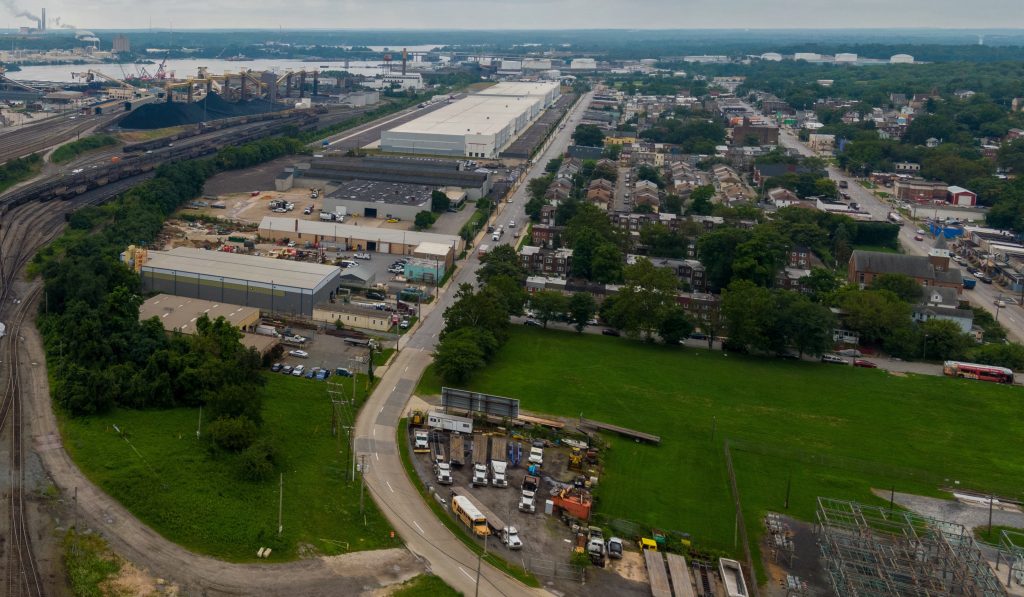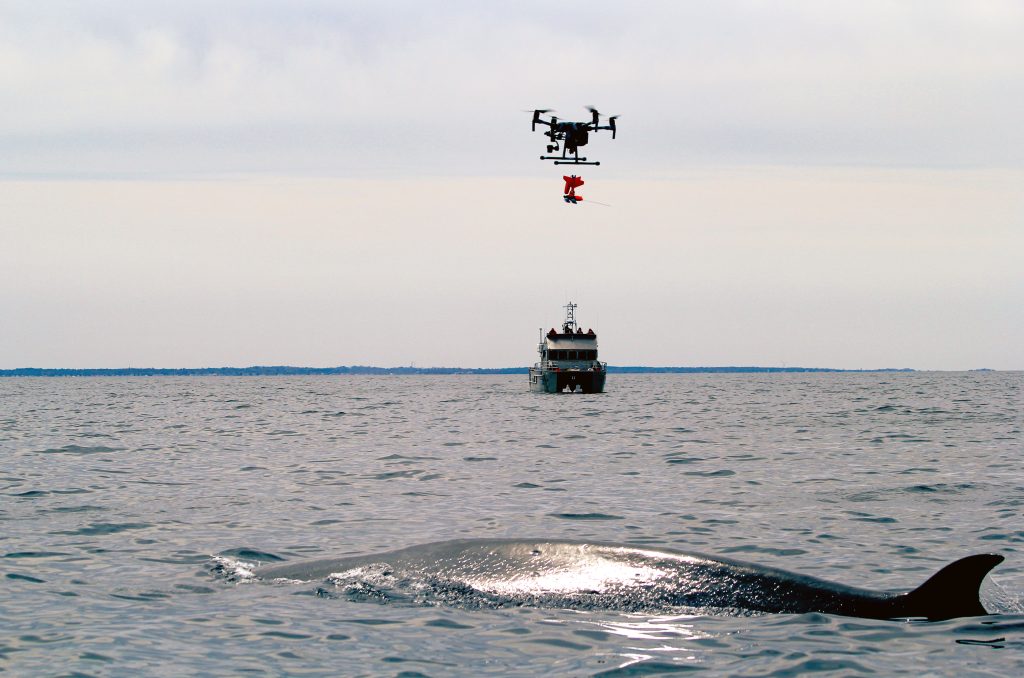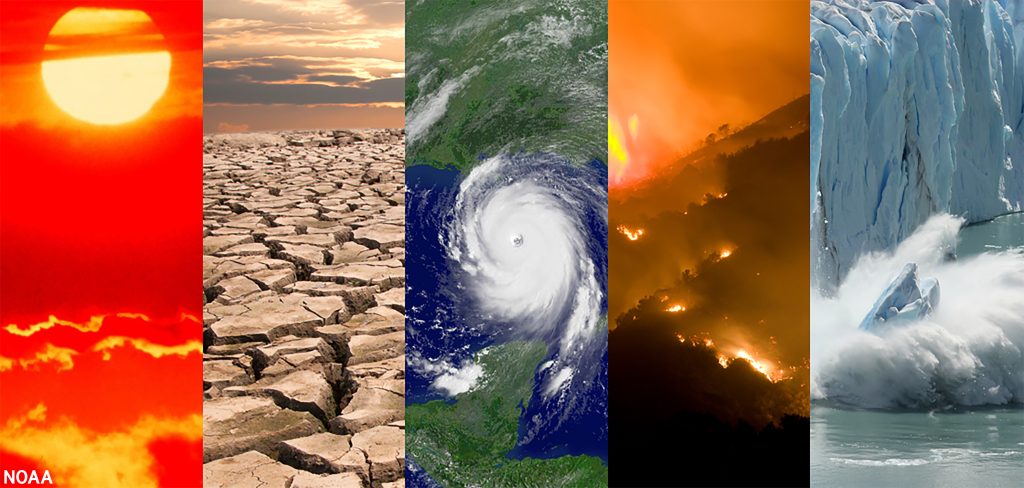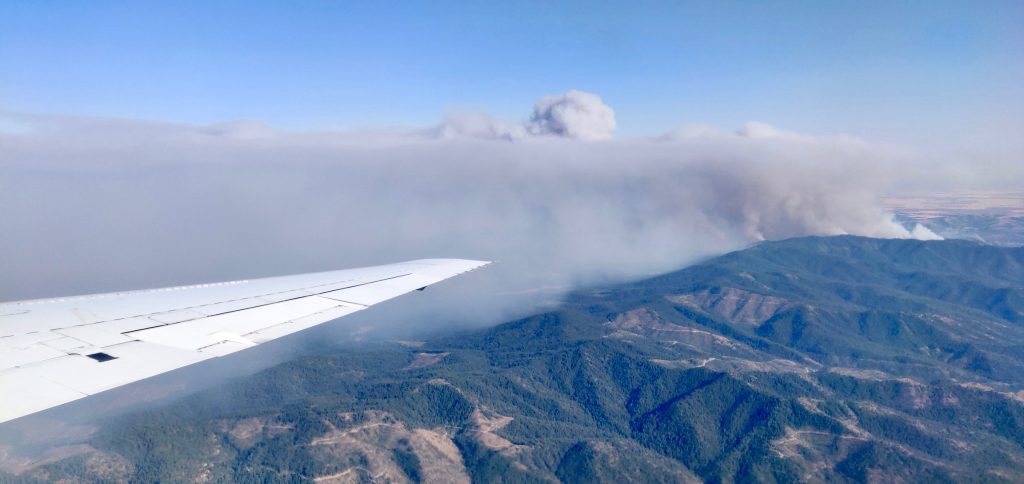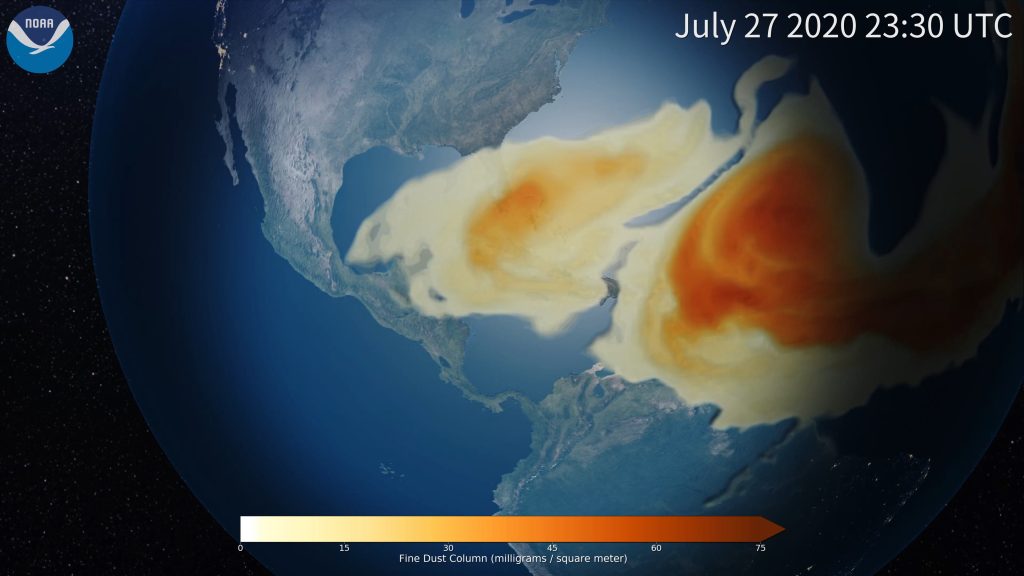Measuring pollution levels in the Port of Baltimore after the bridge collapse
When the container vessel Dali crashed into the Francis Scott Key Bridge causing it to collapse in Baltimore Harbor on March 26, 2024, deliveries to […]
Measuring pollution levels in the Port of Baltimore after the bridge collapse Read More >
